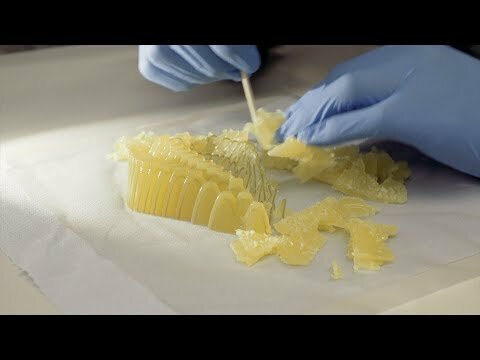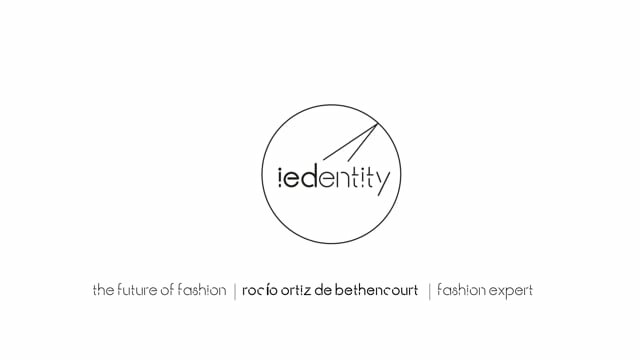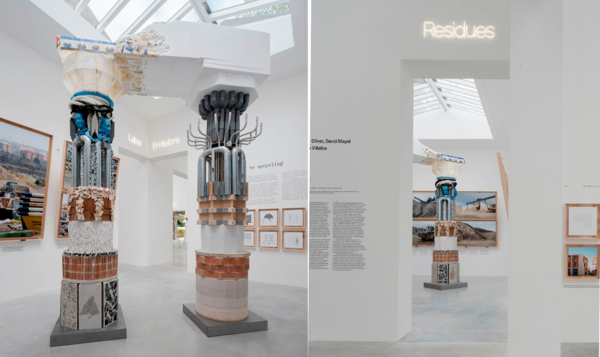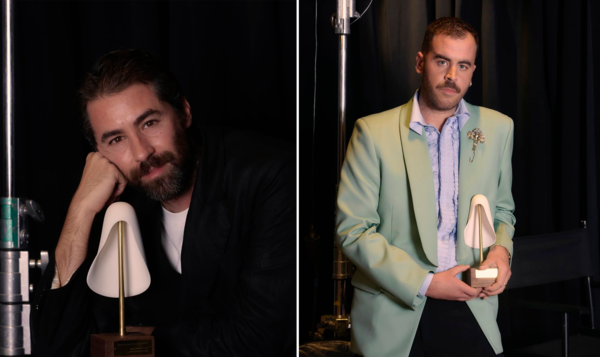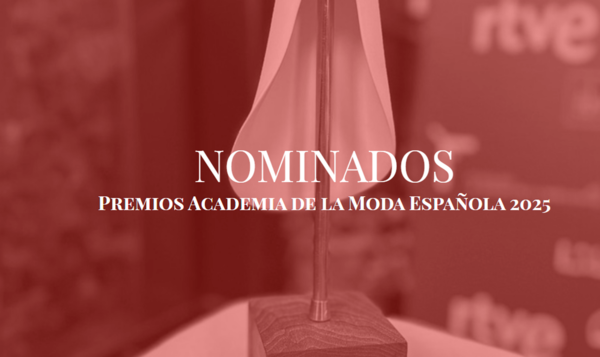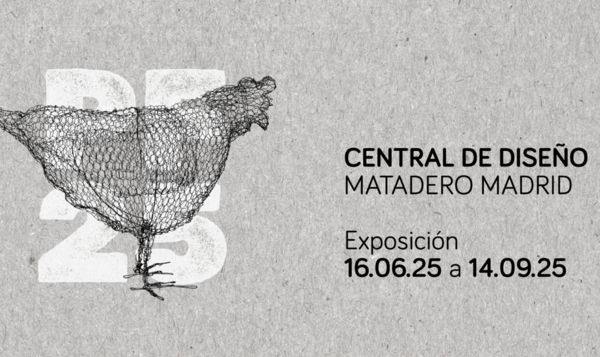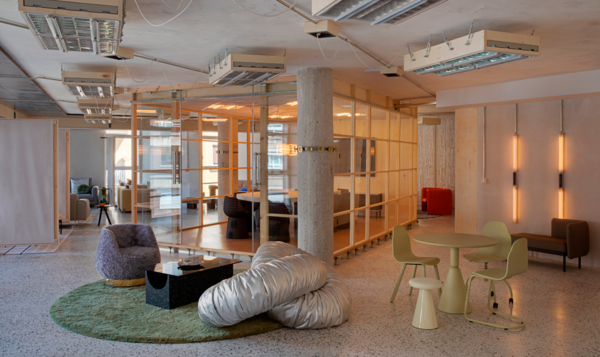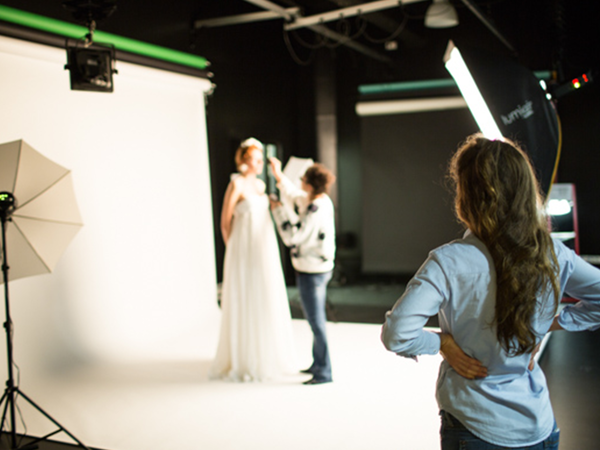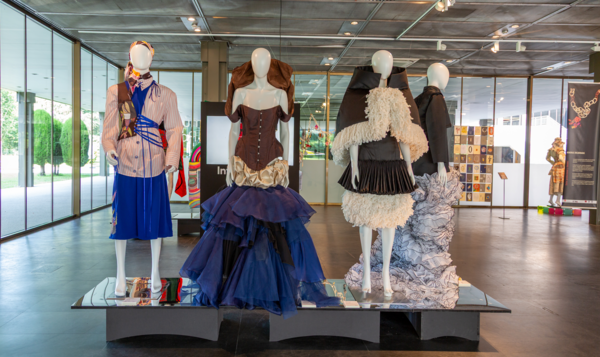The future of the fashion product: the circular economy, integrated technology and the revival of craft trades.
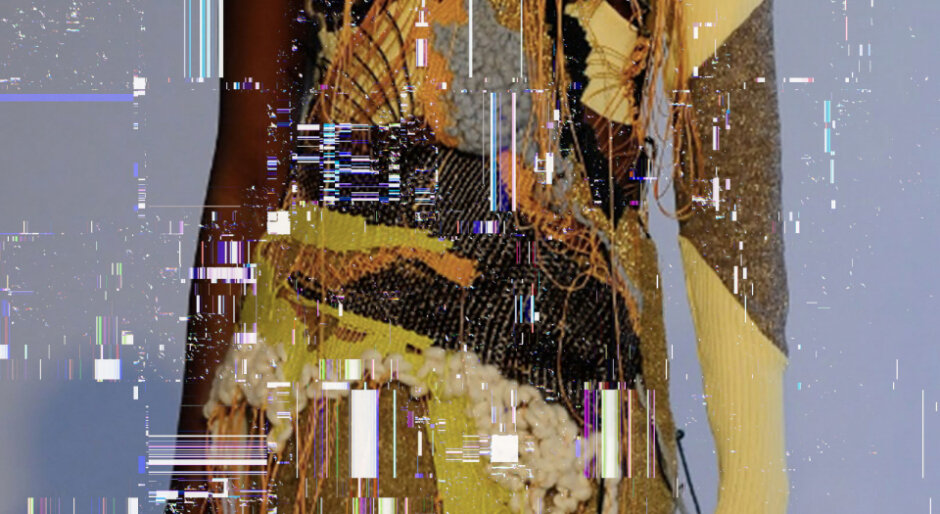
The future fashion product: new directions by rewriting old shapes
Date
25 September 2018
The concept of the fashion product is changing radically. Today, knowing the true story of the garment we wear, from its conception in the designer’s mind to the moment it arrives in the hands of the consumer, is crucial to giving it further value. In parallel, we are witnessing the development of technology in the service of functionality: smart fabrics with multiple uses and applications that definitively break the barrier between physical and digital.
These new realities show us future scenarios of dialogue with the product, which, together with concrete problems in the sector such as the dislocation or scarcity of professionals specialised in artisan-type production, give rise to new scenarios full of opportunities, which lead us to consider the circular economy as the answer to this new evolution.
IED’s professionals, who help us to analyse this complex panorama from different angles, show us how, in the future, we will all be key elements. The fashion product will not only be an object destined for a consumer but an opportunity to explore new horizons: innovative materials, recovery of skills and roles and particular production visions.
From fast fashion to circular economy
Buy, use and throw away. Undoubtedly, consumer awareness of this phenomenon’s wide chain of negative consequences could limit the perpetuation of this harmful cycle. In her successful book entitled To Die For. Is Fashion Wearing Out the World?, Lucy Siegle points out that between 20 and 60% of garments made for the large fast fashion chains are made, or at least finished, at particular seats by workers without social security and minors who work to help support their families. However, this kind of practice is brought into the spotlight by the consumer, who actively contributes to promoting virtuous production systems.
Therefore, at this point the ball passes into the hands of large companies, many of which have fortunately embarked on an encouraging path. The circular economy is already being applied, with companies with promising figures operating responsibly and at total capacity in the eco chic sector. Among the best examples are companies such as Edun, fashion brands, and NUDE, dedicated to the world of cosmetics, founded by Ali Hewson, a Sociology and Politics graduate and anti-nuclear activist.
Eleonora Fiorani calls for a paradigm shift from the current model, which is no longer sustainable, and invites us to look at a logical evolution of the industry: “In the fashion system, reaffirms what Aldo Bonomi (La società circolare. Fordismo, capitalismo molecolare, sharing economy, 2016) defined a circular society”.
A statement with which Yamê Reis agrees: “Fashion must necessarily fit into the circular economy circuit to eliminate its environmental impact. On the other hand, in a country like Brazil, social responsibility is an essential element: here, transparency, knowing who organises, and knowing the weak points play a significant role; it is a very long supply chain, starting from producing the raw material. The entire supply chain can occur in Brazil, from cotton production to the final product’s delivery. Transparency has to do with this process and with the awareness of what it implies, and it means that not only big companies but all parties involved obtain benefits”.
In this dynamic of unbridled consumption, the importance of design gets lost along the way. Rocío Ortiz de Bethencourt explains this clearly: “Everything uncomfortable inspires creativity. We live in an era where the consumer dictates the times and is used to having new collections every 15 days. This is impracticable. Good design needs to settle down.
The fashion management expert also put emphasis on the circular economy and states: “The circular economy is based on the recycling of garments, the application of production processes in which intelligent use of purified water and materials is made. It is based on principles such as using what we already have and giving products a second life. For this reason, brands such as Adidas, Gruppo Kering, Vestiaire Collective, ThredUP make platforms available to everyone to promote a circular economy mentality”.
Materials and technological revolution: the industry’s great possibilities
In fashion production, one of the critical points is undoubtedly the material, which Isabel Berz particularly emphasises. “In such a globalised and, above all, digitalised world, which has transformed how we relate to the outside world, material knowledge is crucial. Not only the physical material is essential but also the information we obtain about it”.
In recent years, we have observed a rediscovery of interest in raw materials, which have become traceable, confirming the ethicality of what we wear. Eco Age, a leading communication and consultancy agency from this technical point of view, has as its central mission to carry out an exhaustive quality control of the materials used by the big names in fashion, from leather to diamonds. Through this consultancy, Eco Age guarantees the sustainability of processes and materials.
Today, the conscious consumer demands to know the history of the garment he or she buys. The quality of the manufacture is no longer enough. The customer wants to know the details about the material used, to understand the processes it has undergone and to know that it has been processed in a socially responsible manner.
The technological revolution applied to fashion is advancing by leaps and bounds. However, it will still be a few years before seeing wearables integrated into our wardrobes becomes normal in large-scale consumption. On the other hand, evolution is inevitably travelling faster in the sportswear sector. The big names are already introducing temperature-regulating devices and smart fabrics in their new collections for the general public. Technology integrated into our bodies no longer seems like science fiction but rather an imminent and possible evolution.
Isabel Berz makes an interesting point about possible fusions between the world of design, materials and integrated technology: “An essential aspect of materiality consists in claiming the sensuality of matter itself: touch, the search for the body. Today, we talk about the Internet of the Body and about bringing technology into the service of the body. How is it possible to eliminate the boundary between body and technology? Clothing will remain the same because the big challenge is producing technology in the same way fashion is created, applying emotionality and sensuality. To date, technology is characterised by beautiful aesthetics, although still challenging, inflexible and not designed to be, for example, interesting to the touch”.
Within the sector, e-commerce is also developing new configurations and Monica Poggi, a specialist in this field, tells us that: “The advent of the fourth industrial revolution has prompted companies and consumers to approach a new distribution channel that is no longer tangible, like the traditional ‘bricks and mortar’ channel, but virtual”.
The maker movement and the rise of the new craft
The revolution of the maker movement is unstoppable: technology and craft are taking each other by the hand, and, starting with the many fab labs increasing around the world, new ways of conceiving “the creator” are being generated. Additionally, 3D printing opens up an unlimited world of possibilities, allowing us to hold what we have designed in our hands immediately. Anywhere in the world, by removing the barriers imposed by physical space, we can glimpse alternatives to problems such as relocation and even begin to speak appropriately of co-design as a truly possible reality.
The new craft is gathering more and more followers every day, and the fascination generated by the possibility of making objects and clothes oneself opens up further readings on the current consumption model. In addition, it invites us to give a different value to manual labour and the final product made through these processes.
Alberico Guerzoni was particularly interested in the various facets of modern craftsmanship and recommended an exhibition that dealt with this very topic: “Crafting the Future”, held in 2016 at the MUDEC, was one of the first to concretely deal with stories of craftsmanship and innovation, as the subtitle stated. The National Chamber of Italian fashion, commissioned this exhibition with the support of the Ministry of Economic Development and the agency that promotes Italian companies abroad and internationalisation.
Another recent exhibition centred on this exciting theme was “¡Viva la diferencia!”, held in Madrid as part of the first edition of the Madrid Design Festival.
As a historian and fashion expert, he presents examples of companies exploring the possibilities of a new revision of old models, adapting them to the present and the future. “One of the happiest cases, in my opinion, of these new concepts of craftsmanship, know-how, innovation and the future is the Brunello Cucinelli, company, which starts from concepts such as eco-sustainability, know-how and location from a social and human relations point of view. Therefore, it is concerned with respect for workers by creating new groups and forms of work. It is a sustainable reality that starts from a true and human basis”.
Rocío Ortiz de Bethencourt is avowedly in favour of recovering the trades: “Fashion schools must train future generations of shoemakers, leather workers, tailors, pattern makers, cutters”. And she assures that change is imminent: “The combination of innovative craftsmanship, new technologies and digitalisation is the key to success in the fashion industry”.
In the coming years, we will witness a profound transformation in the creation of fashion products: new processes, new business models, and innovation at the service of creativity.
Photo: Demis Crudeli and Giulia Torra

